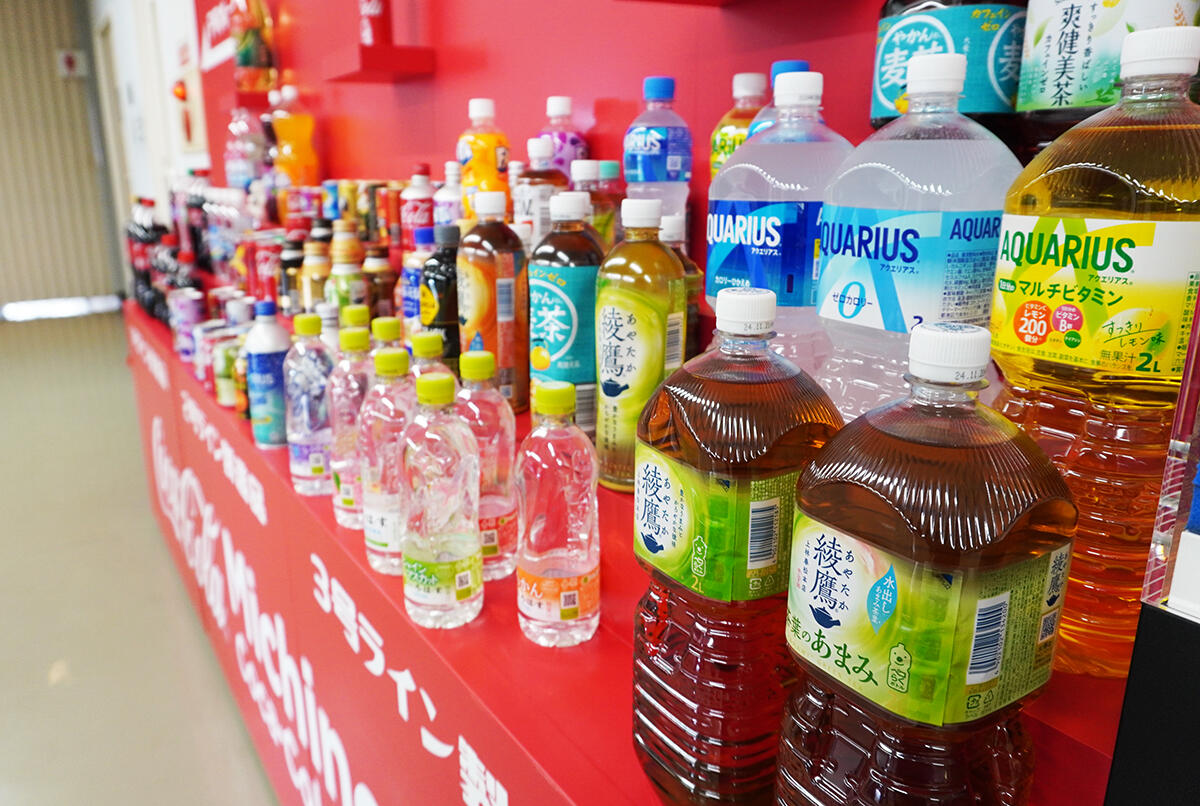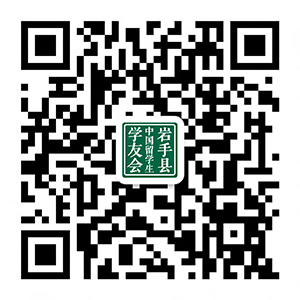お知らせ
- HOME
- ニュース&イベント一覧
- 【国際交流PRアソシエイトからの発信★】Coca-Cola Factory To...
【国際交流PRアソシエイトからの発信★】Coca-Cola Factory Tour
留学生のRittさんが「みちのくコカ・コーラボトリング株式会社」の花巻工場ツアーについて報告してくれました。調べてみたら、こちらの工場見学は2名から実施されているとのこと。行ってみようかな...。
Ritt, an international student, has shared a report about the tour of the Michinoku Coca-Cola Bottling Co., Ltd. Hanamaki Factory. Upon checking, it seems that factory tours are available for groups of two or more. I'm thinking I might go myself....
-----
Coca-Cola Factory Tour
During my time studying at Iwate University, I had the opportunity to participate in a variety of events that extended beyond the classroom, offering valuable insights not only into Japanese culture but also into the world of business and industry. One particularly memorable experience was a visit to the Michinoku Coca-Cola Bottling Hanamaki Factory. This visit provided a fascinating look into the operations of one of the world's most iconic beverage companies and gave us a deeper understanding of the products we use in our daily lives.
We arrived at the factory around 10:30 AM. Located in the Hanamaki area, the facility welcomed us with a tour that began with the history of Coca-Cola. Founded in 1886 by John Stith Pemberton, Coca-Cola first arrived in Japan in 1914. One of the most interesting facts we learned early on was about the unique contour bottle design that has become a symbol of the brand worldwide. We also discovered a fun fact that many people may not know -- the classic cola color actually comes from caramel.
The factory itself is divided into two main sections: canning and bottling. Our tour began with the water preparation area, followed by an explanation of how the cans and bottles are cleaned and prepared for filling. We saw how each container is washed thoroughly, stamped with the production date, and then labeled with the appropriate branding. Attention to detail and hygiene was clearly a top priority throughout the entire process. There was also a section dedicated to recycling, where we learned about Coca-Cola's efforts to reduce environmental impact -- a subject that left a strong impression on us.
As we continued the tour, we observed the high level of automation within the factory. From PET bottle blowing to water filling and packaging, everything was controlled by machines operating around the clock. It was surprising to learn that such a large-scale facility only requires about four to five people to manage operations at any given time. We watched as six bottles were packed into boxes, and on that day, we had the chance to see the production of 1.5-liter bottles of ginger ale. The process was efficient and fascinating to watch.
We were also shown the water preparation tanks and informed that the factory uses underground water for many of its products. In addition to Coca-Cola, the factory also produces a variety of beverages such as coffee and drinking water. It was impressive to see the scale and variety of operations, all maintained with a strong focus on quality and sustainability.
Overall, the visit to the Coca-Cola factory was an eye-opening experience. It allowed us to see firsthand how familiar products are made, from the raw materials to the finished product on store shelves. It wasn't just a lesson in manufacturing -- it was a source of inspiration, showing us how innovation, efficiency, and environmental responsibility can work together in a real business setting. This experience gave me not only knowledge but also motivation for my future career path, reinforcing the idea that learning truly extends beyond the classroom.
-------------------------------------------------------
ทัวร์โรงงานโคคา-โคล่า
ระหว่างที่เรียนอยู่ที่มหาวิทยาลัยอิวาเตะ ได้มีโอกาสเข้าร่วมกิจกรรมหลากหลายที่นอกเหนือจากในห้องเรียน ซึ่งให้ข้อมูลและประสบการณ์ที่มีคุณค่าไม่เพียงแต่เกี่ยวกับวัฒนธรรมญี่ปุ่นเท่านั้น แต่ยังรวมถึงโลกธุรกิจและอุตสาหกรรมอีกด้วย หนึ่งในประสบการณ์ที่น่าจดจำ คือการได้เยี่ยมชมโรงงานมิจิโนกุ โคคา-โคล่า บอทเทิลลิ่ง ฮานามากิ การเยี่ยมชมครั้งนี้ทำให้ได้เห็นการดำเนินงานของบริษัทเครื่องดื่มชื่อดังระดับโลกอย่างน่าสนใจ และทำให้เข้าใจผลิตภัณฑ์ที่เราบริโภคในชีวิตประจำวันได้อย่างลึกซึ้งยิ่งขึ้น
พวกเรามาถึงโรงงานประมาณ 10:30 น. โรงงานตั้งอยู่ในเมืองฮานามากิ คณะของพวกเราเริ่มต้นด้วยการได้เรียนรู้ประวัติศาสตร์ของโคคา-โคล่า ก่อตั้งขึ้นในปี ค.ศ. 1886 โดยจอห์น สติธ เพมเบอร์ตัน โดย โคคา-โคล่ามาถึงญี่ปุ่นครั้งแรกในปี ค.ศ. 1914 หนึ่งในข้อเท็จจริงที่น่าสนใจที่ได้เรียนรู้ คือการออกแบบขวดที่มีรูปทรงเฉพาะตัวซึ่งกลายเป็นสัญลักษณ์ของแบรนด์ไปทั่วโลก นอกจากนี้ เรายังค้นพบเกร็ดความรู้เล็กๆ น้อยๆ ที่หลายคนอาจไม่เคยรู้มาก่อน นั่นคือ สีของโคล่าสุดคลาสสิกนั้นมาจาก คาราเมล
ตัวโรงงานแบ่งออกเป็นสองส่วนหลัก คือ การบรรจุกระป๋องและการบรรจุขวด การเยี่ยมชมเริ่มต้นด้วยบริเวณเตรียมน้ำ จากนั้นจึงอธิบายวิธีการทำความสะอาดและเตรียมกระป๋องและขวดสำหรับการบรรจุ พวกเราได้ชมวิธีการล้างภาชนะแต่ละใบอย่างละเอียด ประทับตราวันที่ผลิต และติดฉลากที่ถูกต้อง ความใส่ใจในรายละเอียดและสุขอนามัยเป็นสิ่งสำคัญที่สุดตลอดกระบวนการทั้งหมด นอกจากนี้ยังมีส่วนที่เน้นเรื่องการรีไซเคิล ซึ่งเราได้เรียนรู้เกี่ยวกับความพยายามของโคคา-โคล่าในการลดผลกระทบต่อสิ่งแวดล้อม ซึ่งเป็นหัวข้อที่น่าประทับใจ
ระหว่างการเยี่ยมชม เราได้สังเกตเห็นระบบอัตโนมัติขั้นสูงภายในโรงงาน ตั้งแต่การเป่าขวด PET ไปจนถึงการบรรจุและบรรจุภัณฑ์น้ำ ทุกอย่างถูกควบคุมโดยเครื่องจักรที่ทำงานตลอด 24 ชั่วโมง เป็นเรื่องน่าประหลาดใจที่โรงงานขนาดใหญ่เช่นนี้ใช้คนเพียงสี่ถึงห้าคนในการบริหารจัดการในแต่ละช่วงเวลา วหเราเฝ้าดูการบรรจุขวดหกขวดลงในกล่อง และในวันนั้น เรามีโอกาสได้เห็นการผลิตน้ำจิงเจอร์ แอลบรรจุขวดขนาด 1.5 ลิตร กระบวนการนี้มีประสิทธิภาพและน่าสนใจอย่างยิ่ง
พวกเรายังได้ชมถังเตรียมน้ำและแจ้งให้ทราบว่าโรงงานใช้น้ำใต้ดินสำหรับผลิตภัณฑ์หลายชนิด นอกจากโคคา-โคล่าแล้ว โรงงานยังผลิตเครื่องดื่มหลากหลายชนิด เช่น กาแฟและน้ำดื่มอีกด้วย เป็นเรื่องที่น่าประทับใจที่ได้เห็นขนาดและความหลากหลายของการดำเนินงาน ซึ่งทั้งหมดได้รับการดูแลรักษาโดยมุ่งเน้นที่คุณภาพและความยั่งยืน
โดยรวมแล้ว การเยี่ยมชมโรงงานโคคา-โคล่าเป็นประสบการณ์ที่เปิดหูเปิดตา ทำให้ได้เห็นกระบวนการผลิตผลิตภัณฑ์ที่คุ้นเคย ตั้งแต่วัตถุดิบไปจนถึงผลิตภัณฑ์สำเร็จรูปบนชั้นวางสินค้า นี่ไม่ใช่เพียงบทเรียนด้านการผลิตเท่านั้น แต่ยังเป็นแรงบันดาลใจที่แสดงให้เห็นว่านวัตกรรม ประสิทธิภาพ และความรับผิดชอบต่อสิ่งแวดล้อมสามารถทำงานร่วมกันได้อย่างไรในสภาพแวดล้อมทางธุรกิจจริง ประสบการณ์นี้ไม่เพียงแต่ให้ความรู้เท่านั้น แต่ยังเป็นแรงบันดาลใจสำหรับเส้นทางอาชีพในอนาคต ซึ่งตอกย้ำแนวคิดที่ว่าการเรียนรู้ไม่ได้จำกัดอยู่แค่เพียงในห้องเรียน











